America After 9/11 : A 3.5 Year Journey Exploring Changes
On the September 14th 2001 I made a decision that I would stop covering the September 11th 2001 terrorist attacks on the United States from New York City. I informed the editors I was working with that I wanted to continue covering the larger story of the September 11th attacks, but I wanted to seek out these stories elsewhere. On September 14th I finished photographing Ground Zero … and I have never returned since.
On September 15th 2001 I began photographing the start of the many changes in the American fabric of life in rural communities, the suburbs, big cities and foreign lands that resulted from the events of the morning of September 11th 2001. When I set out to photograph stories away from New York City, I figured my assignments away from Ground Zero would last a month or two … they ended up lasting three and a half-years and spanning three continents.
In the days leading up to the 10th Anniversary of September 11 2001, I sought to create a 16 photo gallery of images I shot of the United States following 9/11. For me, the images I associate with the terrorist attacks on the United States did not emanate from my coverage in New York City on the day all the changes that were set in motion, the images were in the stories that occurred elsewhere in the days, weeks and years after the terrorist attacks.
My intention to create a 16 image photo was not an easy one. As I started sorting through thousands of images I had shot of a post-9/11 world, the task seemed impossible. After my third round of editing I was left staring at 183 images. When I reached 25 images following my fifth brutal round of editing I decided to create a gallery of images with 25 photos.
These 25 images can’t fully depict the changes I documented following the September 11th 2001 terrorist attacks on the United States … but sometimes in editing good images need to be left behind. As the majority of my assignments focused on ‘homeland security,’ I choose to make the majority of this gallery focused on security on American soil (one photo was shot technically on US soil overseas).
… anyway … here are twenty-five photos I shot between September 15th 2001 and March 2005.
Happy Flying!
Oakland International Airport’s terminal is quiet and mostly empty during a peak travel time on the 25th of September 2001.
The impact on airlines following the September 11th 2001 terrorist attacks on the United States can be easily seen in the empty seats on board United Airlines flight 1522, flying from Oakland to Chicago, on September 26th 2001.
Passengers sleep on benches at Chicago O’Hare Airport, following a large number of flights being cancelled in the wake of the September 11th 2001 terrorist attacks, on the 26th of September 2001.
Wahid Hashimi, owner of the Afghan Bread Market, stands beside an America Flag, as he waits for customers outside his shop, in Concord, California, on the 25th of September 2001. Following the September 11th 2001 terrorist attacks on the United States, Afghan businesses in the U.S. suffered significant drops in business.
A man unloads boxes of 100 Russian gas masks and 200 gas mask filters into the back of his car in fear of a biological or chemical attack on the United States, following the September 11th 2001 terrorist attacks on the United States.
Following September 11th 2001, the once open Pennsylvania Ave in front of the White House was immediately locked down & barricaded
As air travel resumed following the September 11th 2001 terrorist attacks on the United States, Washington DC’s began to “Welcome Back” travelers in an effort to bolster air travel.
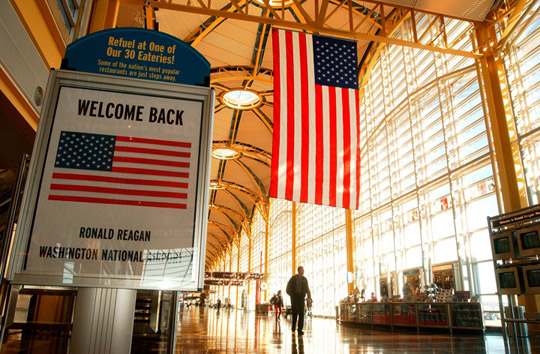 A Police K9 Team inspects unclaimed checked baggage, at Reagan National Airport, following a partial evacuation of the terminal to inspect the baggage.
A Police K9 Team inspects unclaimed checked baggage, at Reagan National Airport, following a partial evacuation of the terminal to inspect the baggage.
Photographing many stories after the September 11th 2001 terrorist attacks resulted in documenting other unexpected stories, such as traveling to the Hart Senate Building, at the US Capital, for a press conference, only to arrive as its being evacuated due to anthrax being discovered in the mail.
November 19th 2001 : The day airport security was Federalized and the day the Transportation Security Administration was created and enacted into law under Public Law 107-71.
A US Air Force Reserve C-5A flight crew, from Travis Air Force Base, prepares to support military operations in Afghanistan.
Following the September 11th 2001 terrorist attacks on the United States, the US Coast Guard Aviation Unit changed what it was looking for & how it was looking for it. The HU-25 Guardian aircraft’s task assumed a primary role of infrared security patrols of ships along the coast of the United States.
Commuting in the metro New York area changed following the September 11th 2001 terrorist attacks on the United States. An MTA Police Officer sweeps a Long Island Rail Road platform, during a search for a ‘credible bomb threat’ at Penn Station.
A US Coast Guard patrol boat keeps a watchful eye on a United Airlines flight landing at Boston’s Logan Airport. Logan Airport’s design along Boston Harbor leaves in vulnerable to a potential waterborne attack.
A Connecticut National Guard Soldier naps on board a US Army Blackhawk helicopter during a monotonous air security patrol over the New England coastline.
A US Customs and Border Protection Agent inspects an undocumented container in the belly of a Chinese cargo ship. Port security was increased at all levels following the September 11th 2001 terrorist attacks on the United States.
The US Coast Guard changed a significant portion of the focus of its aviation role from rescue to air security patrols following the September 11th 2001 terrorist attacks on the United States.
Virgin Atlantic was the first European airline to install keypad security locks on cockpit doors throughout its fleet, meeting U.S. security requirements, following the September 11th 2001 terrorist attacks on the United States.
The US Coast Guard changed a significant portion of the focus of its aviation role from rescue to air security patrols following the September 11th 2001 terrorist attacks on the United States.
US Coast Guard HU-25 Guardian pilots review a map of their patrol area, as they search for an undocumented cargo ship believed to be approaching a cargo port in the United States. Following the September 11th 2001 terrorist attacks on the United States, the US Coast Guard Aviation Unit changed what it was looking for & how it was looking for it.
Protestors burn an American Flag in front of the US Embassy in London, as Anti-American sentiment grows, as Coalition Forces begin preparations to invade Iraq.
A US Customs and Border Protection Agent reviews the passport of a passenger arriving at New York’s JFK International Airport, from a ‘targeted flight.’ The increased border security at US airports following the September 11th 2001 terrorist attacks on the U.S. resulted in overworked agents & no identified or captured targets.
A US Army air security patrol surveys a fuel storage tank farm that had been identified as a potential terrorist target.
In September 2004 the TSA first trialled the Registered Traveler Program to ease post September 11th 2001 airport security complications encountered by frequent flyers.
Three years after the September 11 2001 terrorist attacks on the United States, tourism in Washington DC was suffering due to security measures deterring tourists.

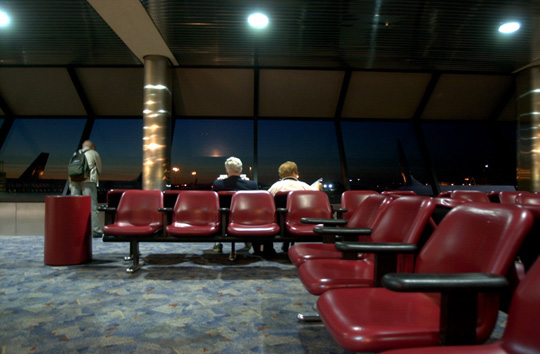
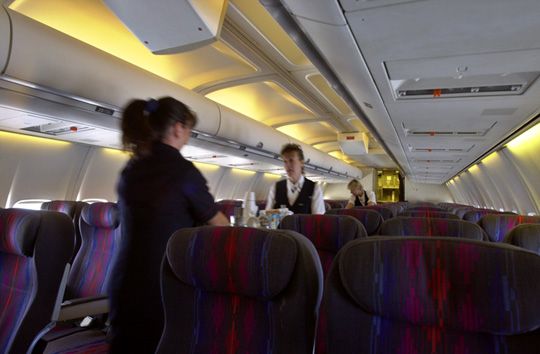
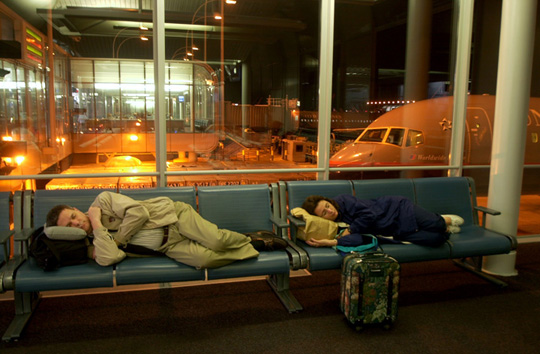
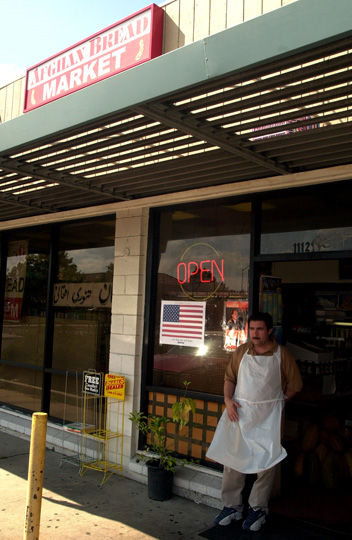
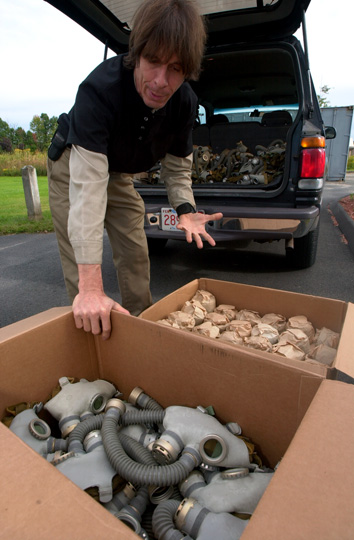

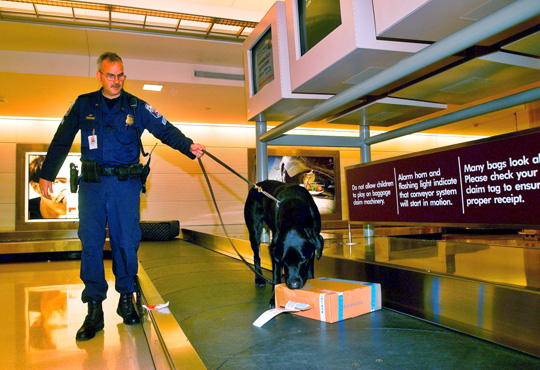
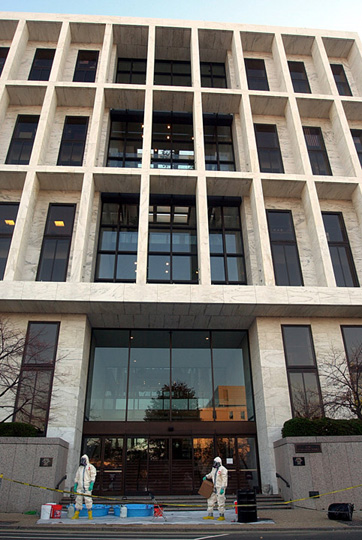
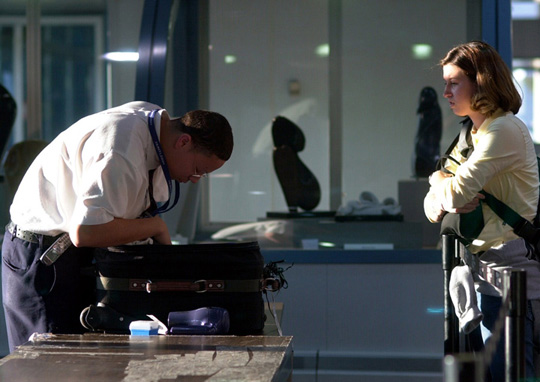

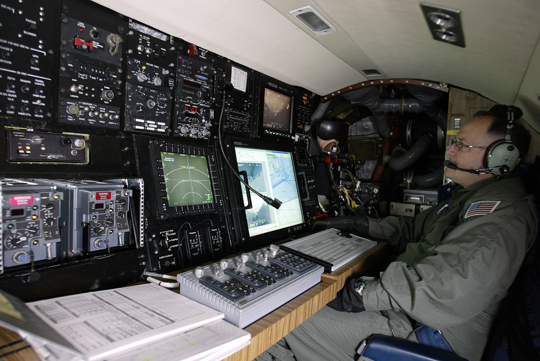
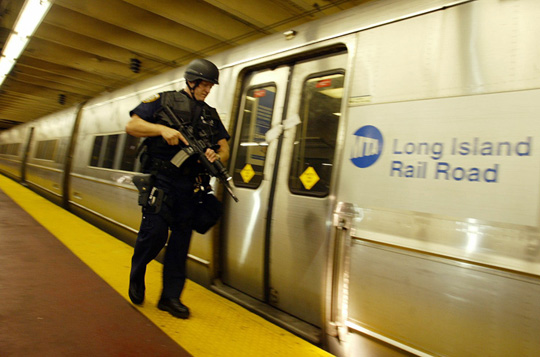

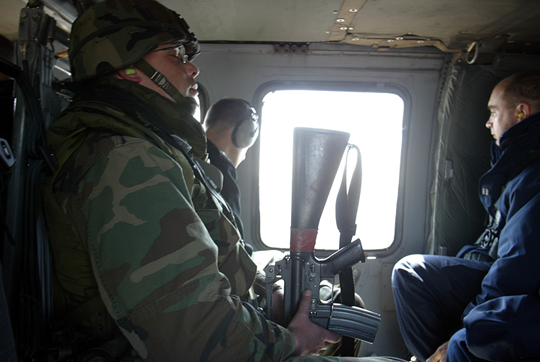
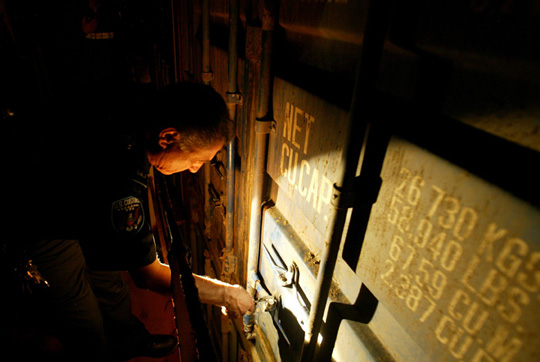

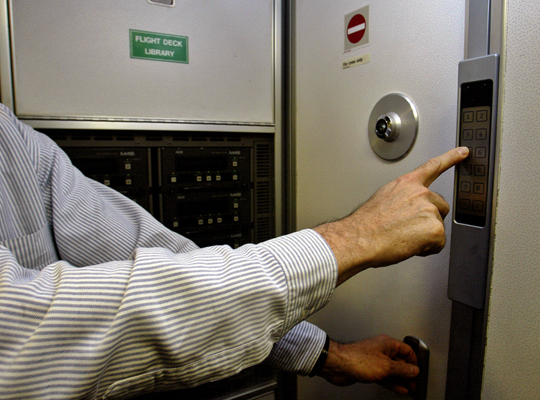


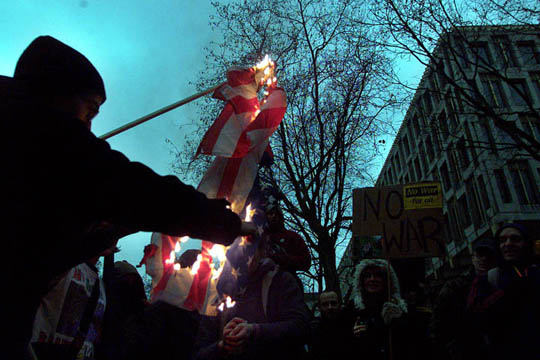
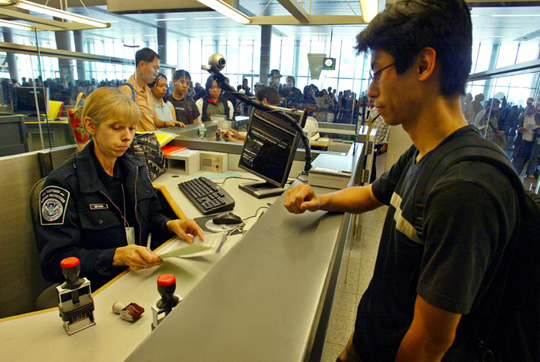

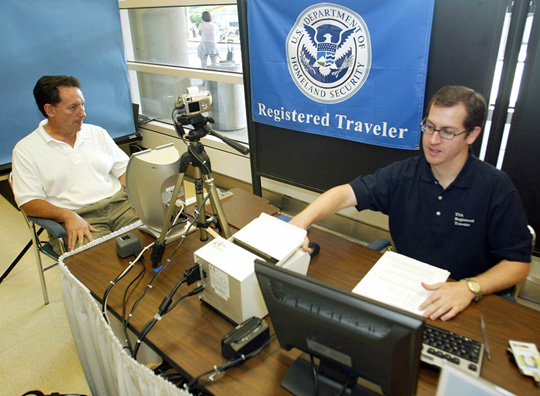


But you are the first person I’ve spoken to that stood there, just metres away.
Didn’t read more than that first story, which nearly brought a tear to my eye. It is amazing what something 9/11 like that can bring out in people.